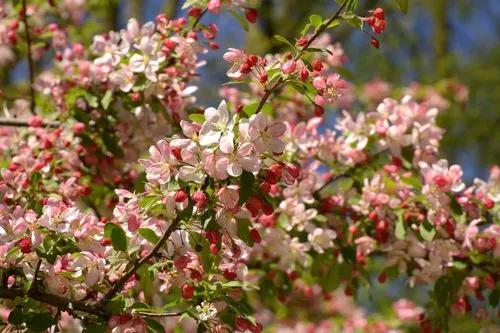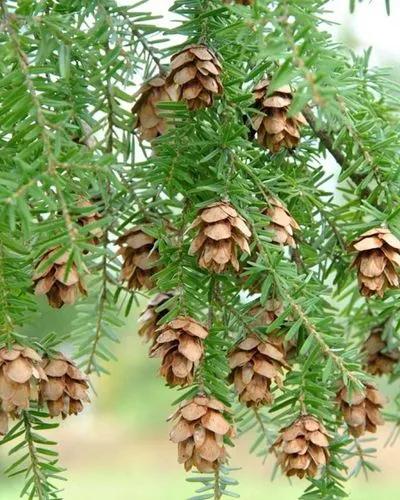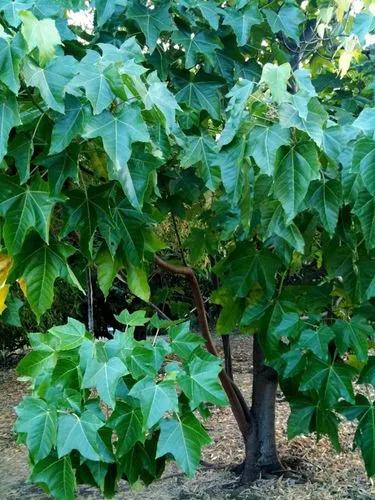Quercus acutissima, the sawtooth oak, is an Asian species of oak native to China (including Tibet), Korea, Japan, Indochina (Vietnam, Thailand, Myanmar, Cambodia) and the Himalayas (Nepal, Bhutan, northeastern India). It is widely planted in many lands and has become naturalized in parts of North America.
Sawtooth oak is widely planted in eastern North America and is naturalized in scattered locations; it is also occasionally planted in Europe but has not naturalised there. Most planting in North America was carried out for wildlife food provision, as the species tends to bear heavier crops of acorns than other native American oak species; however, the bitterness of the acorns makes it less suitable for this purpose, and sawtooth oak is becoming a problematic invasive species in some areas and states, such as Louisiana.[4] Sawtooth oak trees also grow at a faster rate which helps it compete against native trees. The wood has many of the characteristics of other oaks, but is very prone to crack and split and hence is relegated to such uses as fencing.










